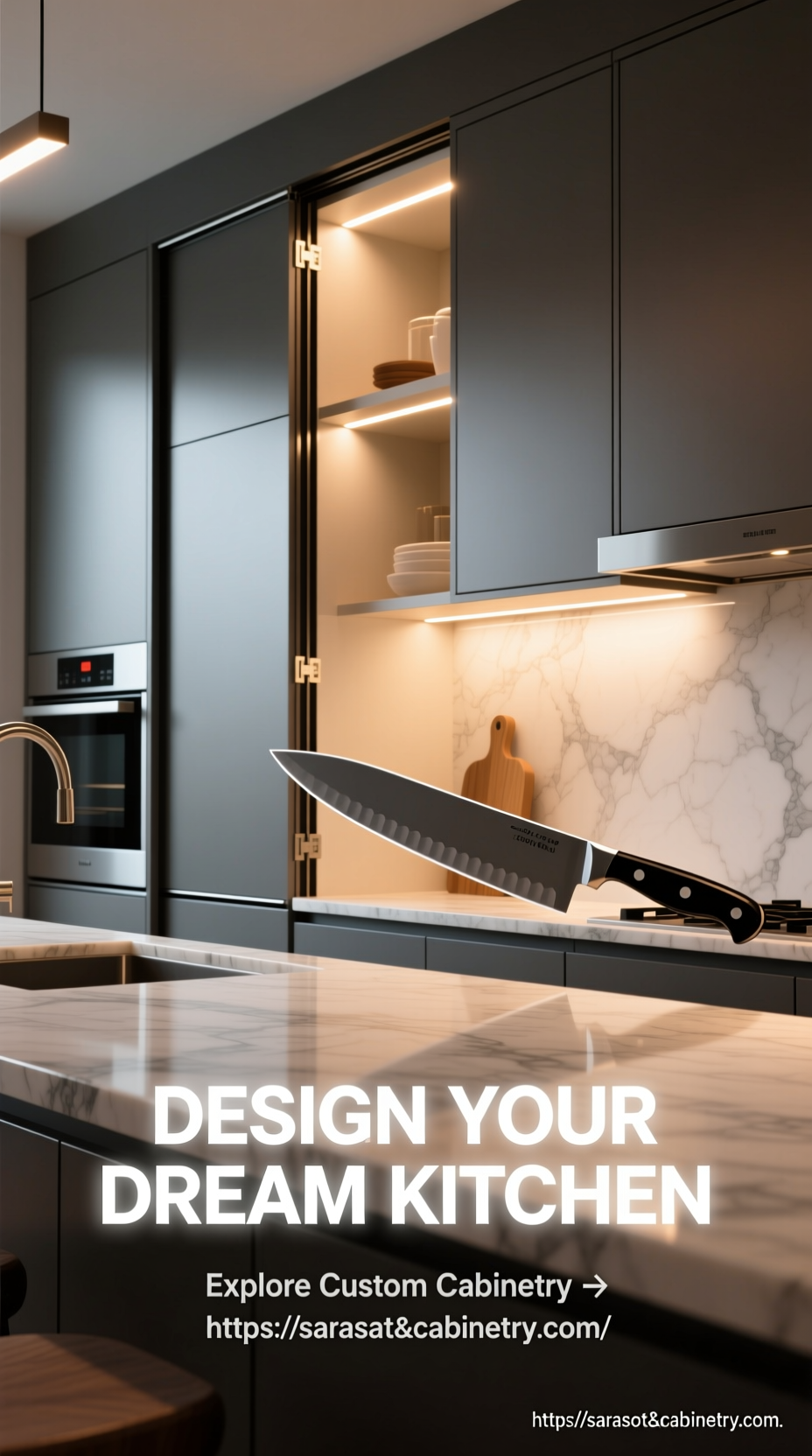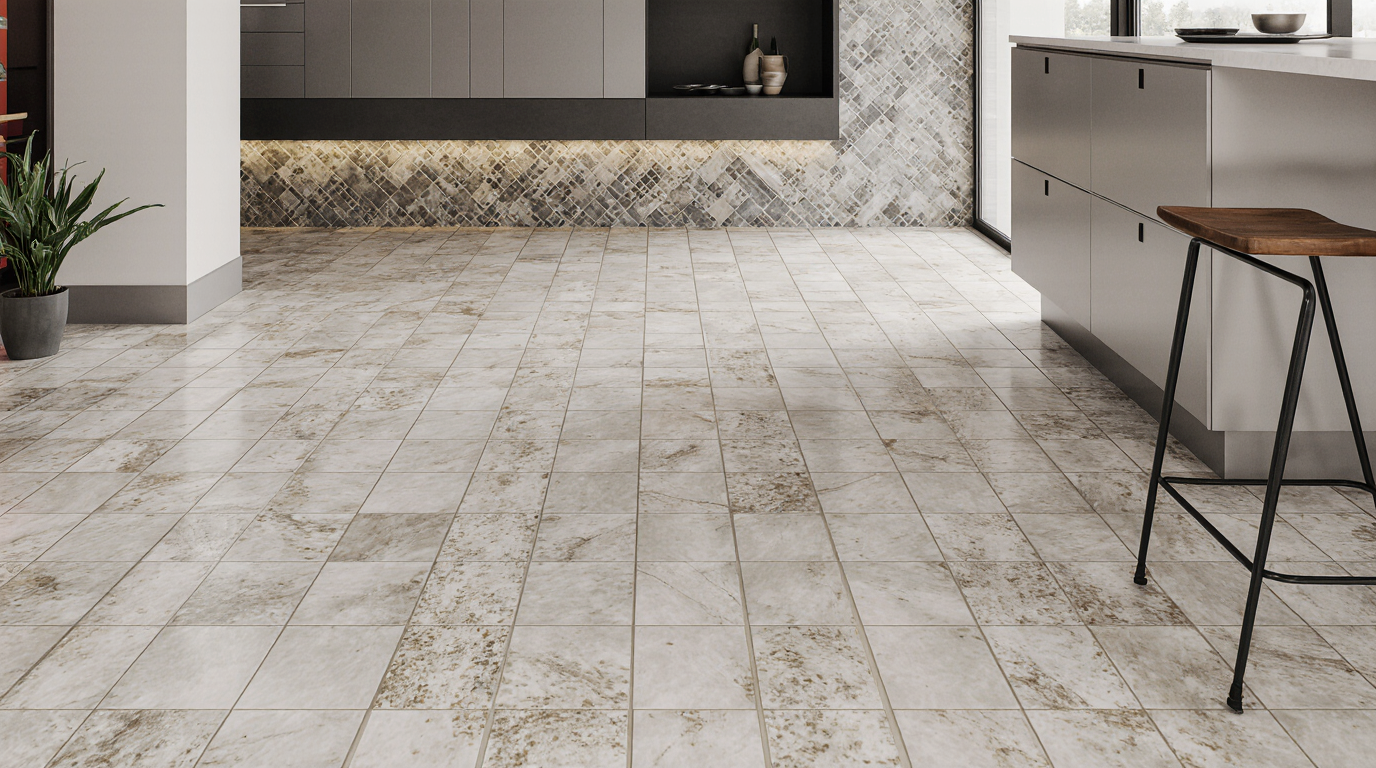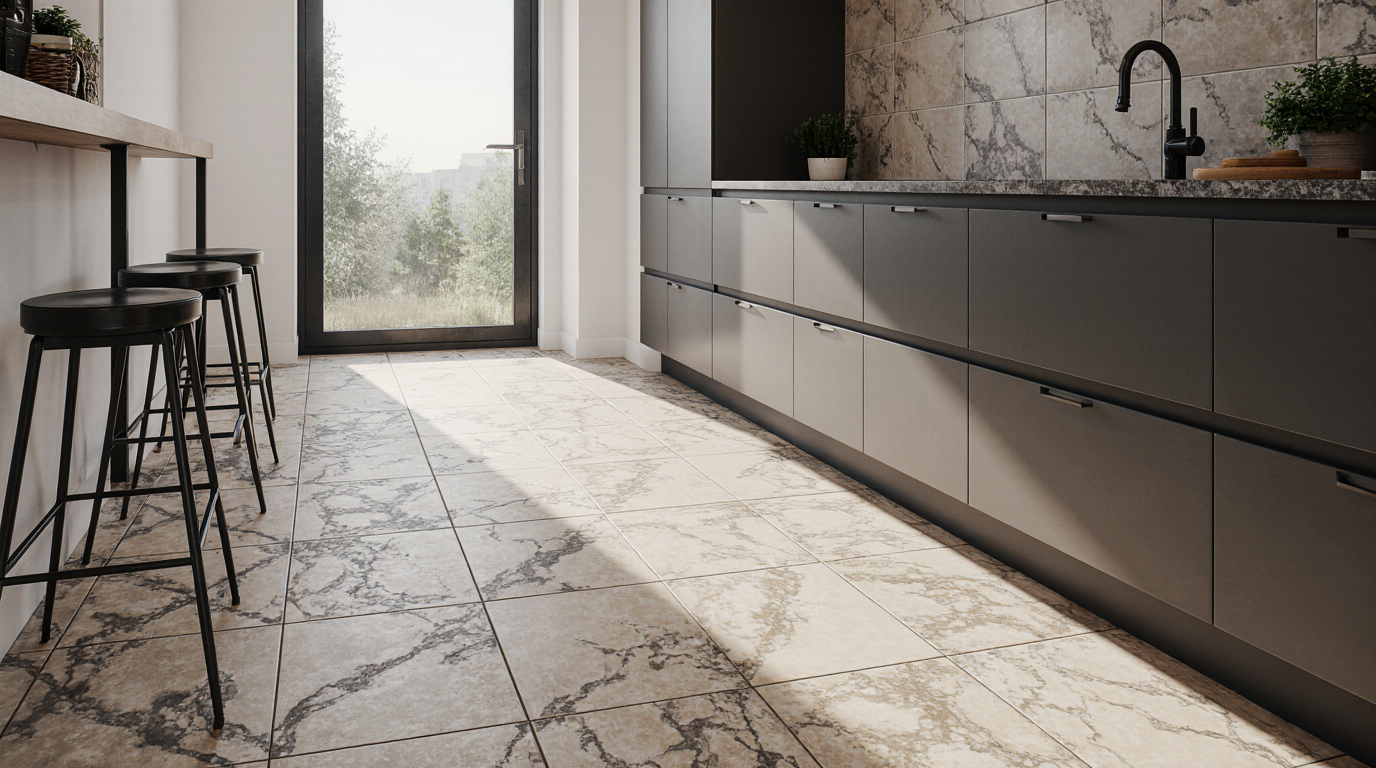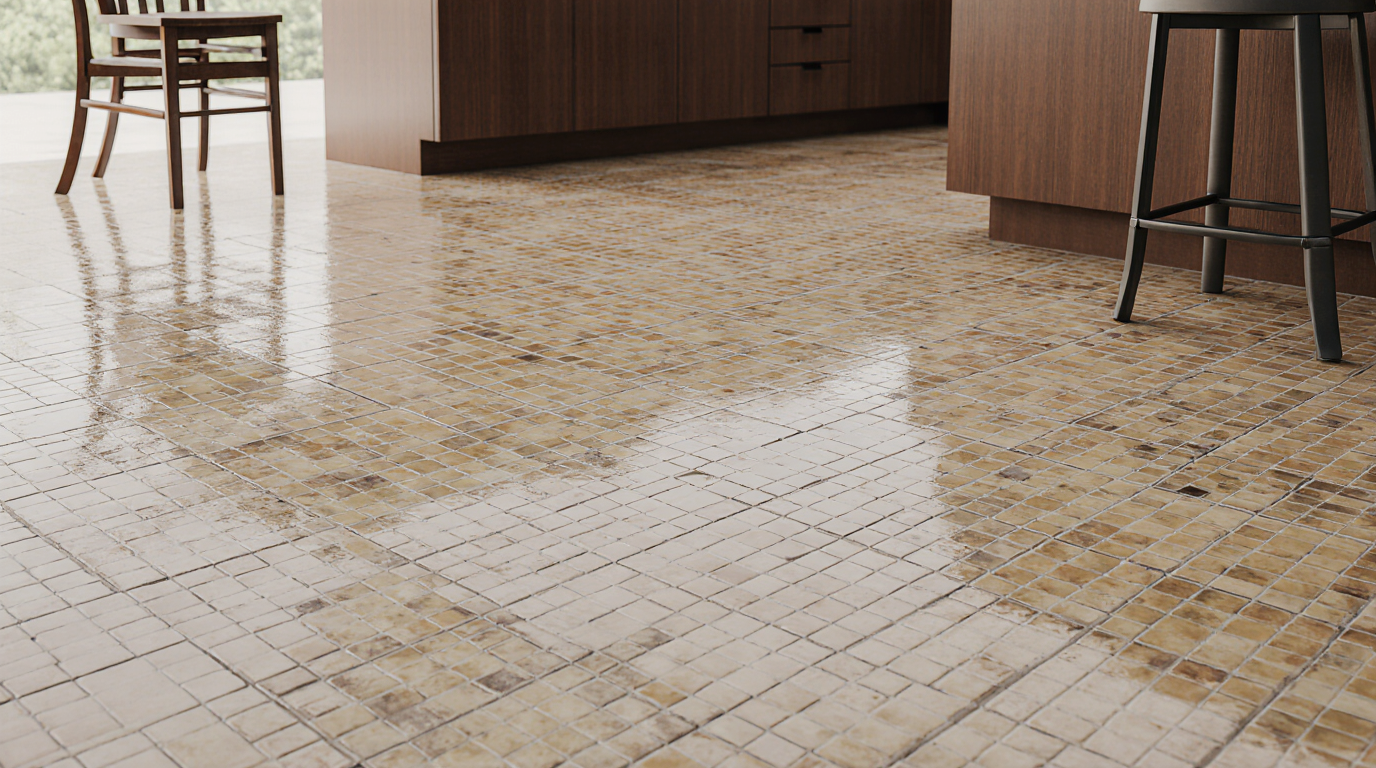Kitchen Floor Tiles Design
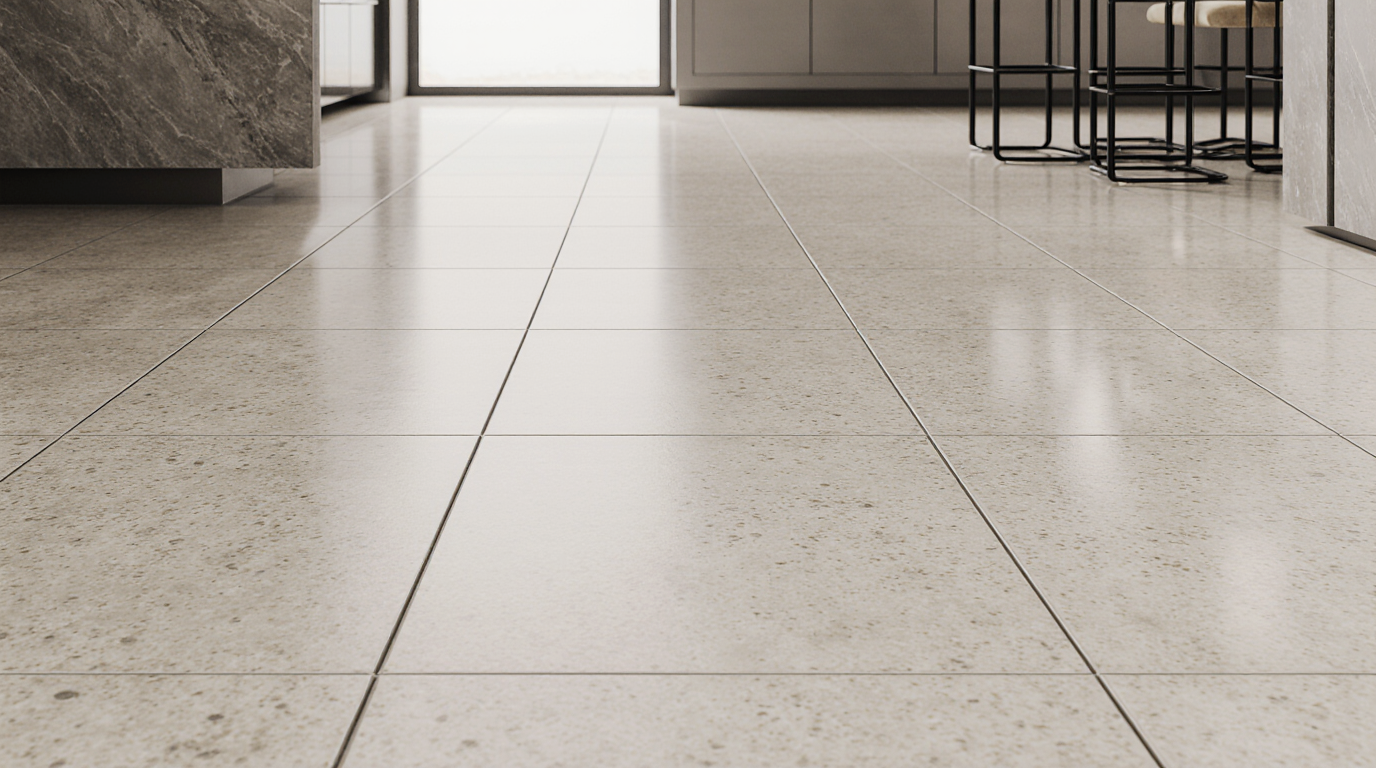
Kitchen Floor Tiles Mastery: Transforming Aesthetics and Practicality in Contemporary Kitchens
When it comes to creating a stunning kitchen floor tiles design, the choice of materials and patterns plays a pivotal role in defining both aesthetics and functionality. Finding the equilibrium between resilience, attractiveness, and low-maintenance is key, as the kitchen floor embodies the intersection of style and practicality. Selecting the right floor tiles transforms a mundane cooking space into an inviting area that reflects personal style while withstanding the rigorous demands of daily life. Tiles in today’s kitchens must merge robustness with design adaptability, ensuring synergy across counters, cabinets, and lighting, resulting in elevated interior coherence.
The variety of kitchen tile materials available today allows for unprecedented creativity in design. Ceramics are highly favored for their cost-effectiveness and extensive variety in hues, textures, and finishes, accommodating nearly every aesthetic. Porcelain is preferred for its durability and minimal porosity, providing superior protection against spills and moisture in busy kitchens. For those seeking a more natural or rustic appearance, stone tiles such as travertine, slate, and marble provide an organic elegance that can be the centerpiece of any modern or classic kitchen. Distinctive material characteristics shape both lifespan and the sensory experience of the kitchen environment.
Beyond material selection, the pattern and layout of kitchen floor tiles are crucial in defining the space’s personality. Linear versus diagonal tile arrangements dramatically alter visual rhythm, with diagonal patterns enhancing dimension in confined kitchens. Intricate patterns like herringbone or chevron inject modern sophistication and transform floors into architectural features. Artistic mosaic patterns with vibrant contrasts enable highly personalized, visually striking flooring. Even subtle choices, such as the grout color, can dramatically impact the overall visual effect, emphasizing shapes, patterns, or the continuity of the floor.
Durability and ease of maintenance are paramount factors in kitchen tile selection. Tiles must endure daily spills, dropped utensils, and high foot traffic without losing their charm. Advanced treatments like non-slip and stain-proof surfaces enhance safety and simplify upkeep, reducing kitchen maintenance effort. The right combination of texture and finish ensures a balance between functionality and style, providing a safe cooking environment while maintaining the elegance of the space. Proper installation is vital, as expert craftsmanship avoids misalignment, breakage, and early deterioration.
Illumination and palette decisions dramatically influence perception and appeal of flooring. Lighter shades, such as beige, soft gray, or pastel tones, can create an airy, open atmosphere, making even compact kitchens appear larger. Darker hues, including slate, charcoal, and deep browns, provide a dramatic, sophisticated ambiance while effectively concealing minor stains and dirt. Shiny versus matte finishes create contrasting effects, from luminous expansiveness to soft, inviting warmth. Color synergy between tiles, counters, and cabinets establishes a unified, stylish, and livable space.
Cutting-edge tile concepts merge contemporary aesthetics with practical innovation. Green design alternatives, from reclaimed glass to responsibly quarried stone, provide both beauty and eco-conscious solutions. Textured tiles, such as those mimicking wood or concrete, combine the natural charm of traditional materials with the practical benefits of modern ceramics or porcelain. Patterned encaustic tiles, inspired by Mediterranean and Moroccan designs, bring a cultural and artistic flair that transforms the kitchen floor into a visual centerpiece. Unique, custom layouts empower homeowners to craft singular, expressive kitchen environments.
Flooring comfort and ergonomic considerations are essential in kitchen design. Soft, supportive tiles reduce strain during long cooking sessions and enhance kitchen usability. Cork or rubber-backed tiles can reduce strain on joints while still offering aesthetic versatility. Heated underfloor systems combine practicality with luxury, creating a welcoming, warm environment for cooking and socializing. Properly chosen tiles contribute not only to beauty but also to the well-being and practical functionality of the household.
The impact of well-designed kitchen flooring extends beyond the physical space; it profoundly influences the atmosphere and experience of the home. A thoughtfully selected tile, paired with complementary cabinetry, lighting, and décor, creates a seamless, luxurious environment where culinary creativity thrives. From high-gloss modern tiles reflecting light to rustic stone exuding warmth and character, the possibilities are endless. Conscious selection of every design element ensures a floor that is durable, functional, and visually captivating.
Incorporating trends, personal taste, and practical considerations ensures that kitchen floor tiles not only meet the demands of daily life but also elevate the aesthetic and functional value of the home. Professional craftsmanship combined with thoughtful design transforms tiles into a statement of personal taste and lifestyle. Masterful design harmonizes creativity, longevity, and elegance, ensuring the kitchen floor is both modern and enduring.

